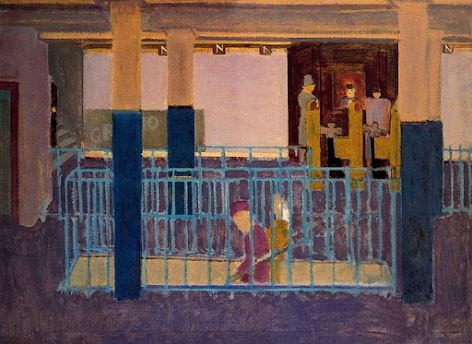Cold War - The Other Side

Cold War - The War of Artistic Influence (The Other Side) In the last blog, I highlighted the influence of the Cold War on art - specifically the Western perspective in which Western governments, especially the United States, sought to fund artistic movements that represented core beliefs in the freedom of expression and ideology (link to the last blog if anyone is interested - Western Cold War Art Blog ). In this blog, I will focus on the opposite end of the spectrum - a war of propaganda and influence entails two sides of the story. The USSR (Soviet Union) sought similar influence and control over the geopolitical landscape that emerged following World War II. The USSR and the United States both sought to gain societal influence, which influenced artistic movements throughout the Cold War. Contrasting the Western-sponsored abstract expressionism movement was an Eastern European/USSR-backed socialist realism movement...


